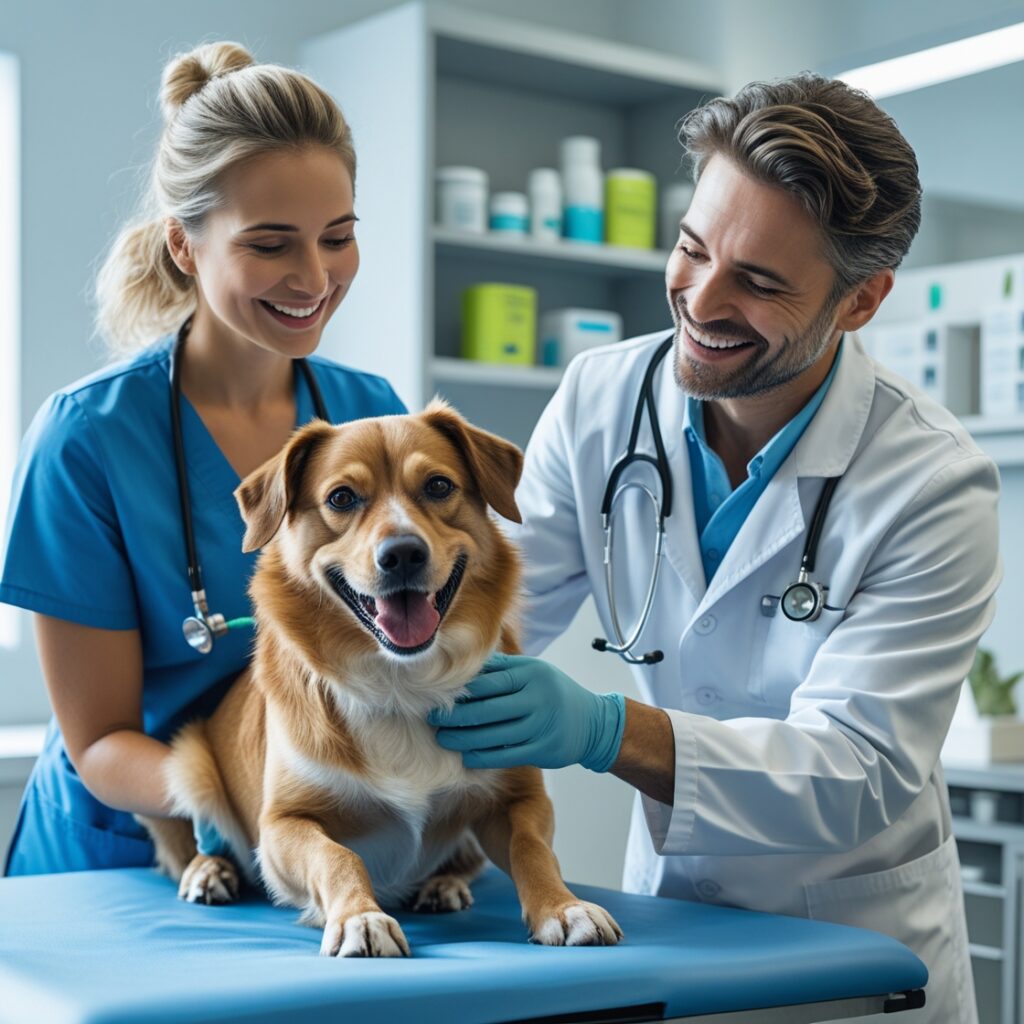🚨 Pet parents, listen up! Your furry friend can’t tell you when they’re feeling under the weather, but they can show you. Are you missing these crucial signals?
Imagine coming home to find your usually energetic pup listless on the couch, or your cat suddenly turning its nose up at its favorite treats. These could be more than just a “mood” – they might be urgent cries for help. From subtle behavioral shifts to alarming physical symptoms, your pet’s health can change in the blink of an eye. But fear not! We’re here to arm you with the knowledge you need to keep your four-legged family members happy and healthy.

In this post, we’ll dive into the top 5 signs that scream “vet visit ASAP!” From changes in eating habits to dental distress, we’ll cover the red flags you absolutely can’t afford to miss. So, let’s embark on this crucial journey to become the best pet detective you can be – your furry friend’s life might just depend on it! 🐾🏥
Changes in Eating Habits
Changes in Eating Habits
A. Loss of appetite
- Sudden disinterest in food
- Refusing favorite treats
- Leaving food untouched
B. Excessive thirst
| Normal Intake | Excessive Intake |
|---|---|
| 1 oz/lb/day | >2 oz/lb/day |
C. Sudden weight loss or gain
Significant changes in your pet’s eating habits can indicate underlying health issues. Loss of appetite, excessive thirst, or sudden weight fluctuations should not be ignored. These changes may signal digestive problems, dental issues, or more serious conditions requiring immediate veterinary attention.
Unusual Behavioral Changes
Unusual Behavioral Changes
A. Increased aggression or irritability
- Sudden aggression
- Growling or hissing
- Biting or scratching
B. Excessive lethargy or depression
Pets may exhibit unusual behavioral changes when they’re unwell. Increased aggression or irritability can manifest as sudden growling, biting, or scratching. Conversely, excessive lethargy or depression might indicate an underlying health issue. Watch for prolonged periods of inactivity or disinterest in favorite activities.

| Behavior | Normal | Concerning |
|---|---|---|
| Activity | Playful | Lethargic |
| Mood | Content | Irritable |
| Sleep | Regular | Excessive |
Digestive Issues
Vomiting or diarrhea
- Occasional: Normal
- Frequent: Concerning
- Causes:
- Dietary indiscretion
- Infections
- Parasites
| Symptom | Duration | Action |
|---|---|---|
| Vomiting | >24 hours | Vet visit |
| Diarrhea | >48 hours | Vet visit |
Constipation
Constipation in pets can be as concerning as diarrhea. Watch for straining, reduced stool frequency, or hard, dry stools. Causes include dehydration, dietary issues, or underlying health problems. If constipation persists for more than 48 hours, consult your veterinarian to prevent complications.
Physical Symptoms
Physical Symptoms
A. Difficulty breathing or coughing
- Rapid breathing
- Wheezing
- Persistent cough
Physical symptoms are crucial indicators of your pet’s health. Difficulty breathing or coughing can signal serious respiratory issues. Watch for:
| Symptom | Possible Cause | Action |
|---|---|---|
| Rapid breathing | Anxiety, pain, or respiratory distress | Monitor closely |
| Wheezing | Asthma or allergies | Consult vet |
| Persistent cough | Kennel cough or heart disease | Immediate vet visit |
B. Limping or mobility issues
Limping or changes in mobility can indicate pain or injury. Observe your pet’s movements carefully.
Dental Problems
Bad breath
Foul-smelling breath in pets isn’t just unpleasant; it’s a potential sign of dental issues. Common causes include:
- Periodontal disease
- Tooth decay
- Oral infections
Drooling or difficulty eating
Excessive drooling or struggles with eating can indicate:
| Symptom | Possible Cause |
|---|---|
| Drooling | Tooth pain or oral injury |
| Difficulty eating | Broken teeth or gum inflammation |
These signs, along with swollen or bleeding gums, warrant immediate veterinary attention to prevent further complications and ensure your pet’s oral health.
Conclusion
Your pet’s health is of utmost importance, and recognizing the signs that indicate a need for veterinary attention is crucial. By staying vigilant and observing changes in eating habits, behavior, digestion, physical symptoms, and dental health, you can ensure your furry friend receives timely care. Remember, these signs are your pet’s way of communicating that something might be wrong.

Don’t hesitate to reach out to your veterinarian if you notice any of these warning signs. Early intervention can prevent minor issues from becoming major health concerns. By prioritizing regular check-ups and promptly addressing potential problems, you’re taking an active role in maintaining your pet’s well-being and ensuring a happy, healthy life together.



